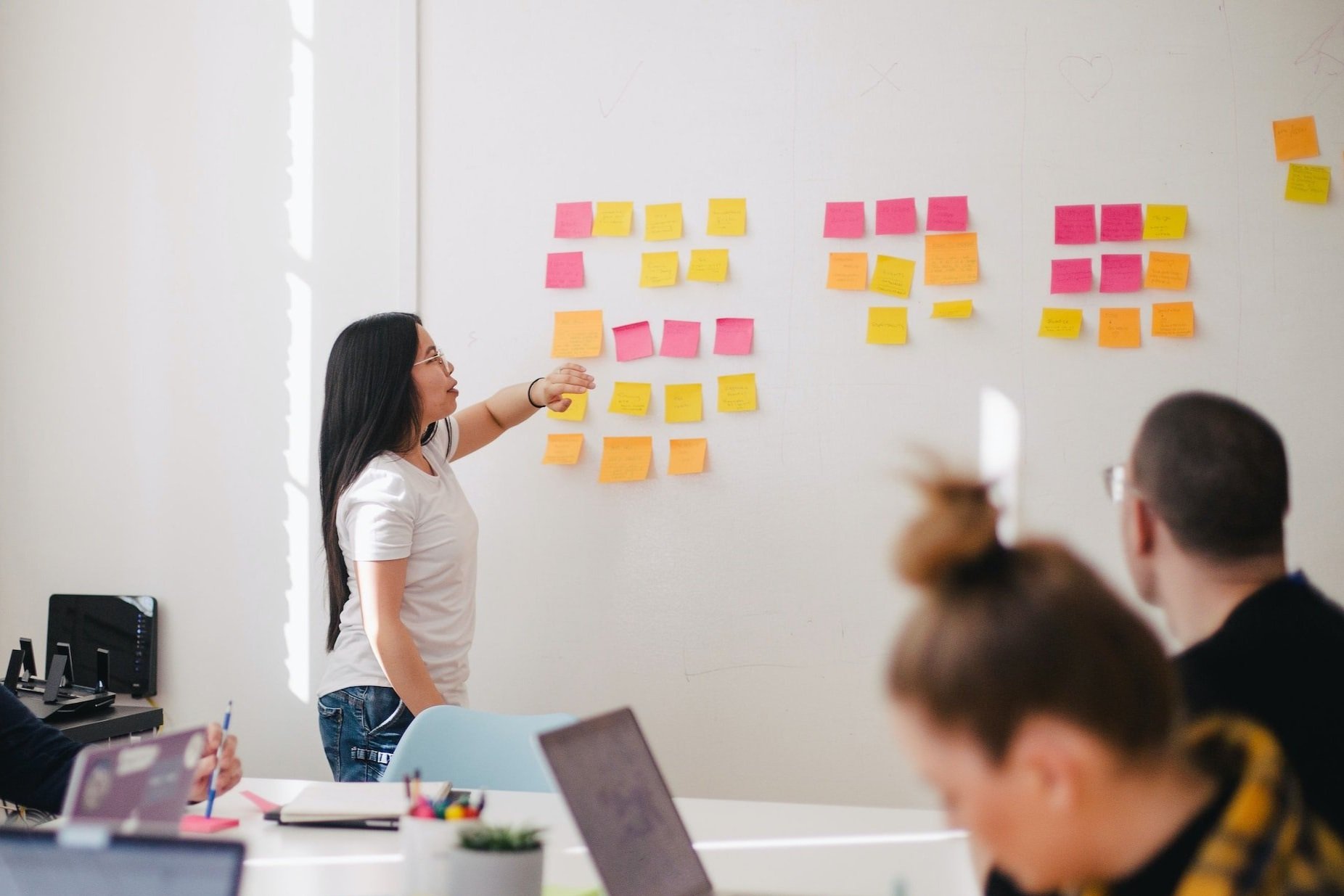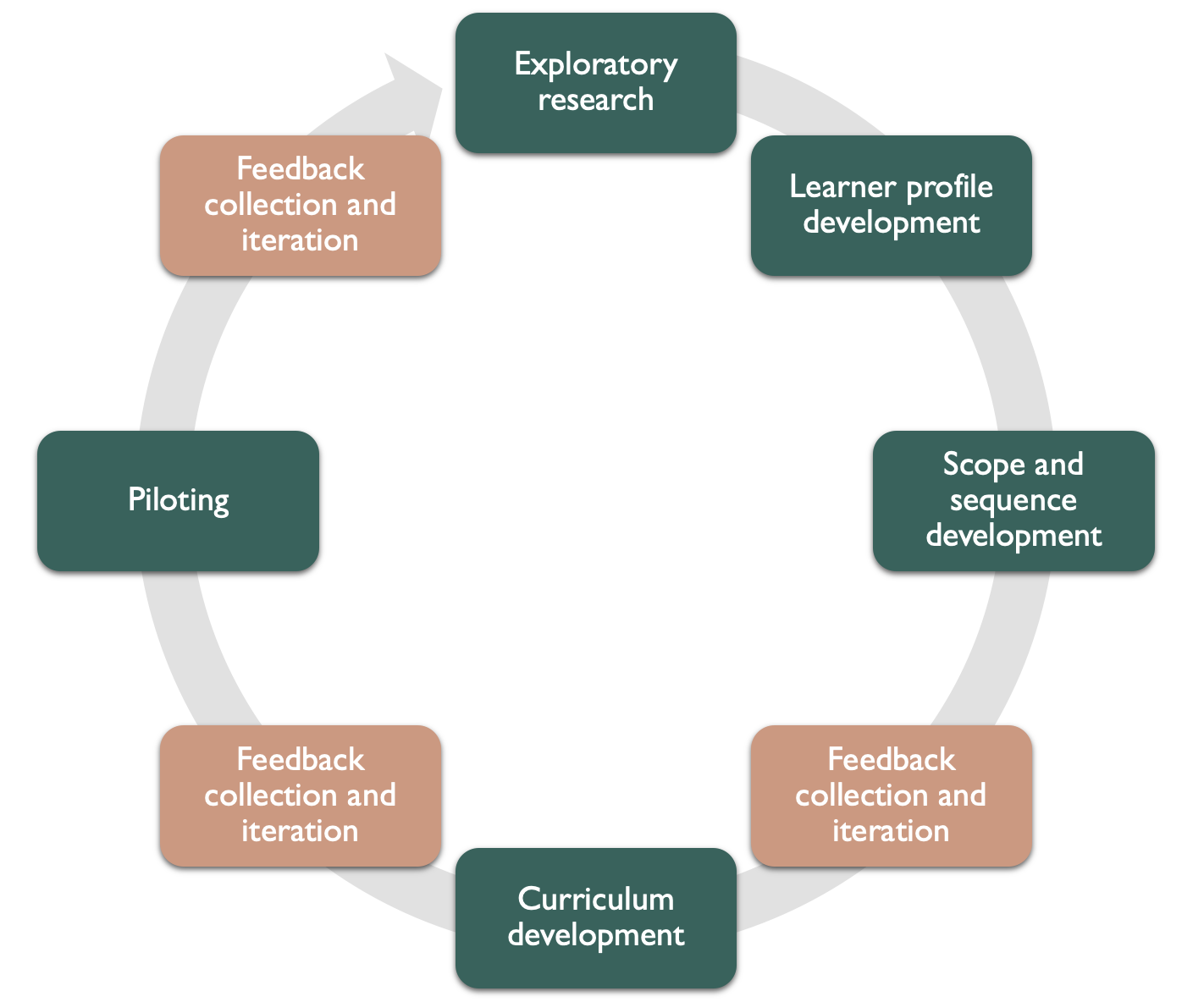Learning Design
Bridging the gap
The art of learning design is effectively identifying and filling skill gaps. Here are some problems I’ve helped clients solve through curriculum design:
Our teaching styles are too didactic. How do we transition to more participatory methods?
We collect a lot of survey data, but our staff doesn’t know how to analyze it. How do we help them write meaningful reports?
We’re subject matter experts, but we’re also expected to manage a team. What leadership skills do we need and how do we develop them?
We have a new organizational strategy. How do we prepare our staff to implement it?
My process
My learning design process is highly collaborative, with partner and learner feedback woven into each stage of development.
It starts with exploratory research to develop learner profiles, pinpoint skill gaps, and outline a scope and sequence. Once curriculum is developed, it is piloted to test for coherence and clarity before the official launch.
Staff Member at a National Fellowship Organization
“Overall, the training was clearly well-thought out and well-executed, and as a result, I felt valued and recognized by [client]. Few organizations have done this for me. It was really special.”
Staff Member at Tomorrow’s Youth Organization (TYO)


